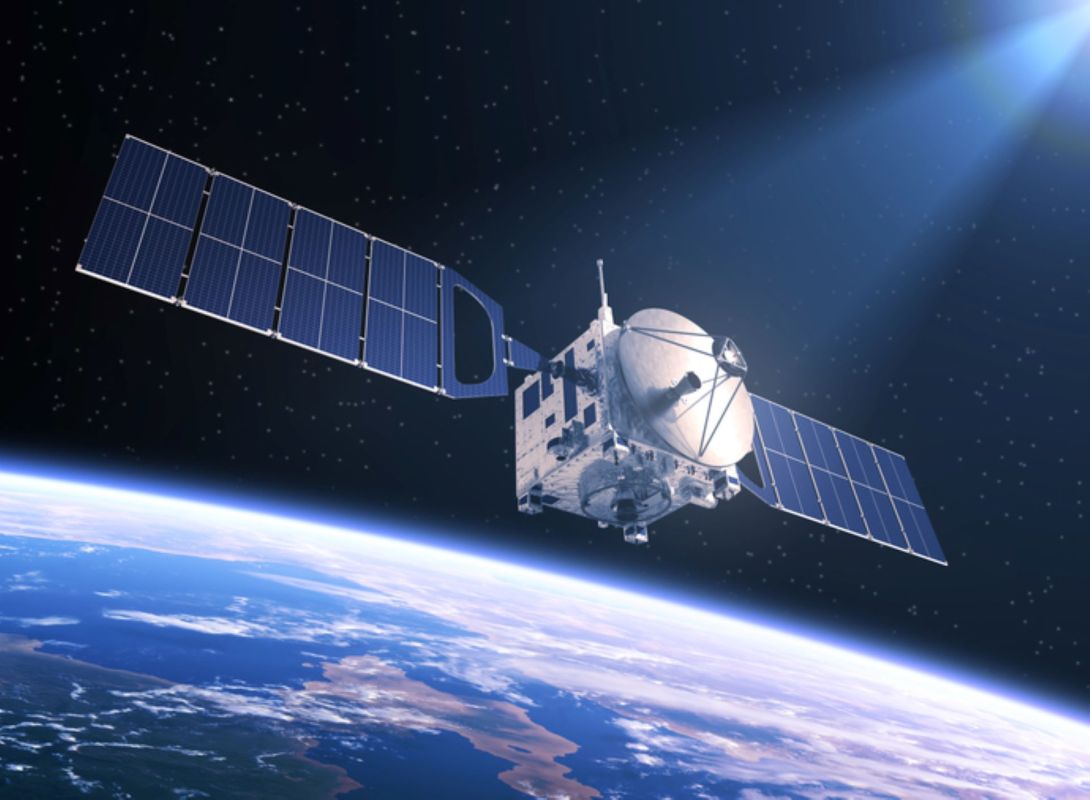A NASA-operated satellite stationed above North America will provide the United States' "first continuous record of air pollution," according to reporting in the New York Times.
The implications of such a record are vast. Scientists are already using the satellite instrument, called TEMPO, to attempt to track air pollution from its source, monitor levels of nitrogen dioxide and other pollutants, and study how air pollutants affect children's asthma symptoms, among other uses.
This past summer has been one of "exceptionally bad" air quality across the United States, with one of the main culprits being a sharp rise in wildfires, the frequency and ferocity of which have increased dramatically due to the human-driven overheating of the planet.
However, some of the other causes of air pollution have been more nebulous, and the existence of continuous data from TEMPO will allow researchers to more precisely determine its source and figure out how to mitigate its effects.
"Because pollutants can quickly travel thousands of miles on the wind, it's been hard for scientists to pinpoint the biggest sources of pollution on a national scale," the New York Times wrote. The existence of TEMPO is expected to make a big difference for those scientists.
"[TEMPO is] a real game changer," Brian McDonald, an environmental engineer with the National Oceanic and Atmospheric Administration who is coordinating this field research using the instrument, told the Times.
It's still too early to say what all of the positive effects of TEMPO will be, but the scientists behind the project are excited about its potential uses.
"It's really exciting to see the instrument just working as expected," said Xiong Liu, the deputy mission director and a physicist at the Center for Astrophysics run by Harvard University and the Smithsonian Institution.
Some of the sources of air pollution include exhaust from cars, volatile organic compounds from products like paint and pesticides, and fine particulate pollution.
So far, more than 400 users, including many state and federal agencies, have signed up as "early adopters" of TEMPO. The data is expected to become publicly available in spring 2024.
Join our free newsletter for weekly updates on the coolest innovations improving our lives and saving our planet.









